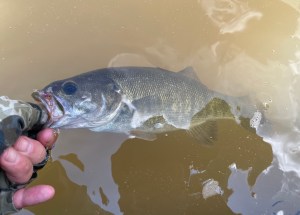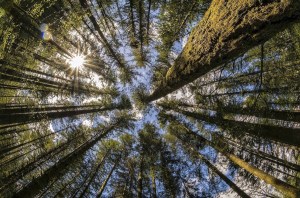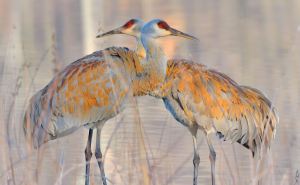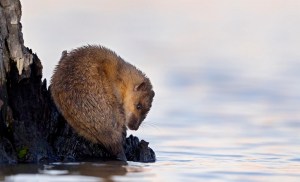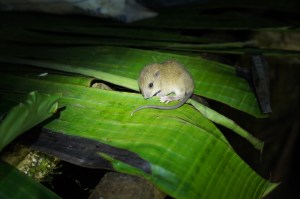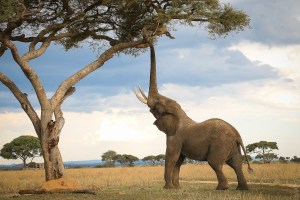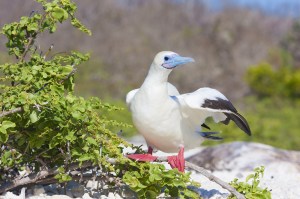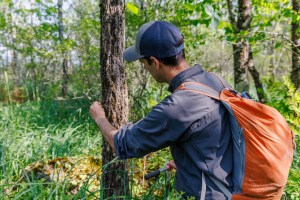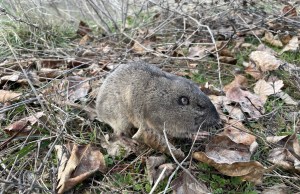Discover stories in Geography
50 Fish, 50 States: Bass of the Waterfalls
The shoal bass faces some serious threats. But a new legion of fans bring hope for this species.
Overlooked ‘Albedo’ Effect Should Be Factored into Tree Cover Restoration Decisions for Climate
Albedo changes can reduce the climate benefit of tree planting, but new research helps identify areas with the greatest climate-cooling potential.
Did You Know Sandhill Cranes Dye Their Feathers?
Sandhill cranes add a rusty-brown color to their gray feathers each spring.
Meet the Amazing Giant Rats of Oceania
Rats that climb trees, swim in rivers, grow to epic sizes, and evade detection by scientists for decades. Meet seven spectacular rat species from Oceania.
Scientists Re-Discover Giant Rat Not Seen in 30+ Years
A TNC-funded expedition in the Solomon Islands has re-discovered a giant rat species.
How An Invasive Ant Affects East Africa’s Iconic Wildlife
Invasive ants are having an outsized effect on savanna ecology, impacting even the largest mammals.
Want Resilient Coral Reefs? Bring Back Seabirds
Eradicating rats and restoring seabird populations could increase coral reef resilience to climate disturbances.
Photographing Eels in the Dark
An artist turns her camera to the slippery, elusive and endangered American eel.
The Search for America’s Tiniest Turtles
In Massachusetts, a team is restoring wetlands and using some old-school ways to track bog turtles process.
The Search for “Lingering Trees” Offers Hope for Imperiled Species
The tiny fraction of trees that show strong resistance to invasive pests and pathogens need to be found – and is how you can help.
Quality Time with Pocket Gophers
Most North Americans have heard of gophers. But what about the elusive pocket gopher?
Empowering Communities with Solar
The ongoing transformation of the U.S.’s energy systems creates a compelling opportunity to build the energy infrastructure of the future.
